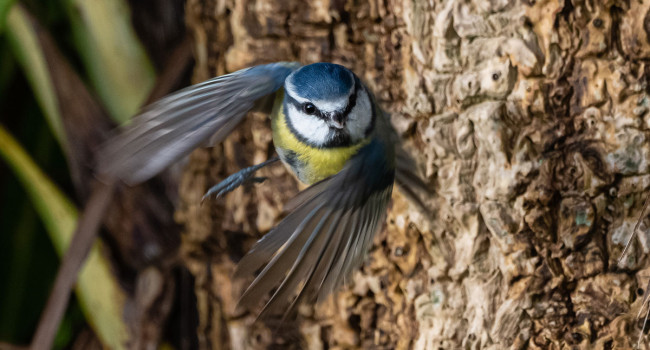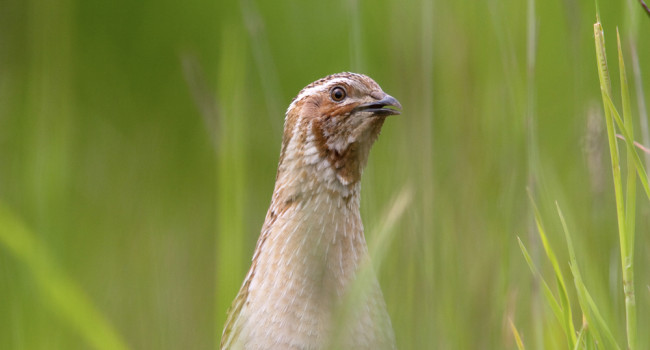Using data from schools to model variation in soil invertebrates across the UK: The importance of weather, climate, season and habitat

Author(s): Martay, B. & Pearce-Higgins, J.W.
Published: March 2018
Journal: Pedobiologia Volume: 67
Digital Identifier No. (DOI): 10.1016/j.pedobi.2018.01.002
Nearly 15,000 school children from over 500 schools across the UK have been digging up small sections of their playing fields once a term in October, March and June, and counting and identifying the creatures they found living in the top 5cm of the turf. The results show that the invertebrate groups varied based on season and small-scale habitat factors. Earthworms were the most present group (93.1% of total invertebrate biomass) and were strongly associated with soil moisture, and therefore season. Other groups that were monitored included slugs and snails, woodlice, centipedes, spiders, beetles, ants, earwigs, Diptera larvae, beetle larvae and caterpillars, most of which became more common in spring and summer. The results suggest that climate change will not necessarily have large-scale impacts on soil invertebrate populations, but rather affect their availability through time.
The project shows that large-scale citizen science at schools can be of tremendous value to scientific data collection. As the project continues, we hope to further expand our knowledge on the UK’s soil invertebrate communities with the help of schools across the country and link this knowledge to bird populations.
Abstract
Soil invertebrates play important roles in nutrient cycling, the development of soil structure, food webs and even climate regulation. It is likely that climate change will have far-reaching impacts on soil invertebrates but a lack of information about how soil invertebrate populations vary with soil characteristics and climate make projections difficult. To address this gap, we present the results of a large-scale citizen science project that examined the abundance of soil macro-invertebrates across the UK.
The abundance and biomass of twelve invertebrate groups were recorded by school children using standardised protocols on six occasions over two years. Using these data, we examined the relative impact of local habitat and soil characteristics, and weather and climate, upon these taxa.
The abundance of many soil invertebrate groups varied with season and small-scale habitat factors. We found that the abundance and biomass of earthworms was strongly correlated with soil moisture. There was, however, little evidence that large-scale variation in soil invertebrate abundance could be explained by spatial variation in climate.
Given the importance of earthworms for soil processes, periods of dry weather may reduce their ability to undertake nutrient cycling and the provision of other services such as food for invertivorous species. Future analyses of the impacts of climate change on soil invertebrates may usefully consider variables such as frequency of rain, rather than monthly or seasonal averages more widely used.
Our results were generally in accord with patterns expected from previous literature, providing important quality assurance. This indicates that this could be an effective scheme for long-term monitoring of soil invertebrates and that it is possible to utilise educational establishments as a forum for large-scale environmental data collection. Not only can this deliver valuable environmental data, but also it can engage school children in the collection of scientifically valuable data.








Share this page